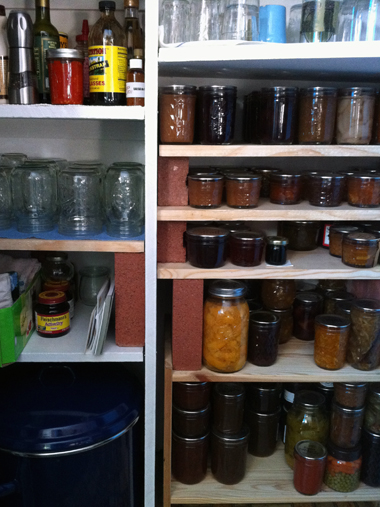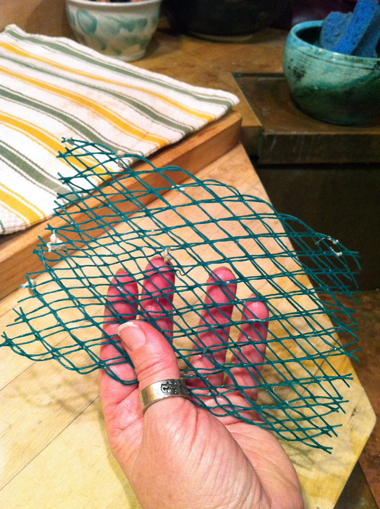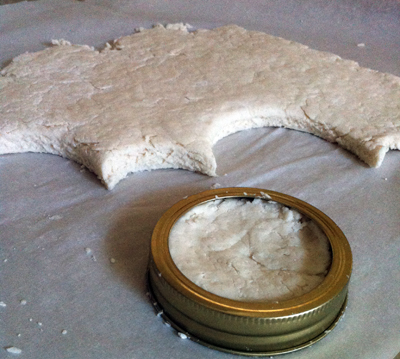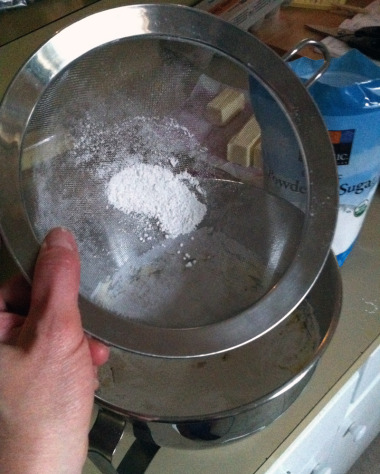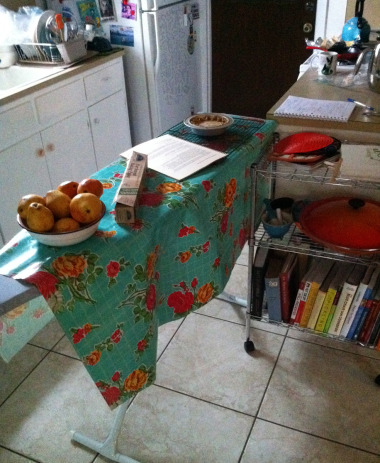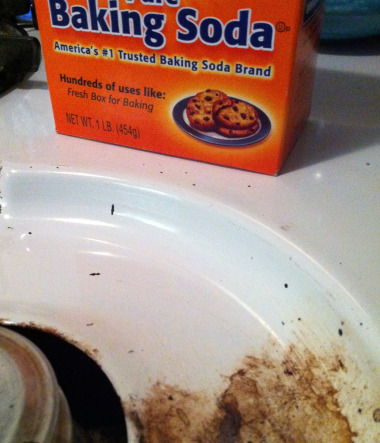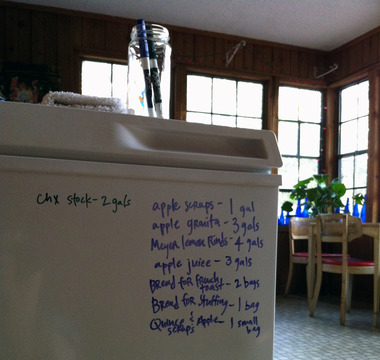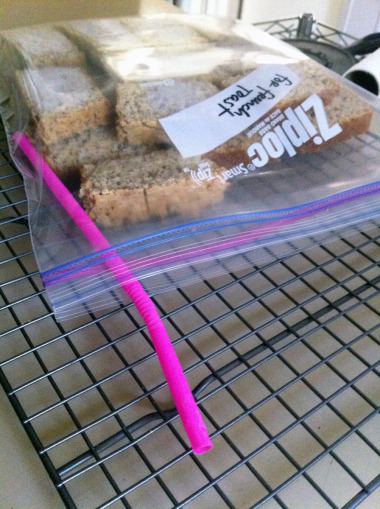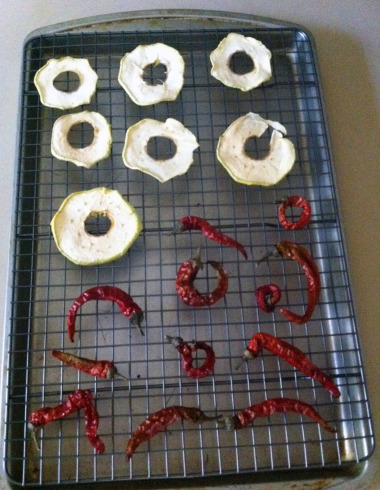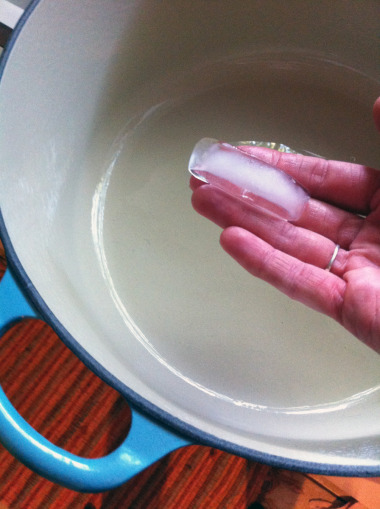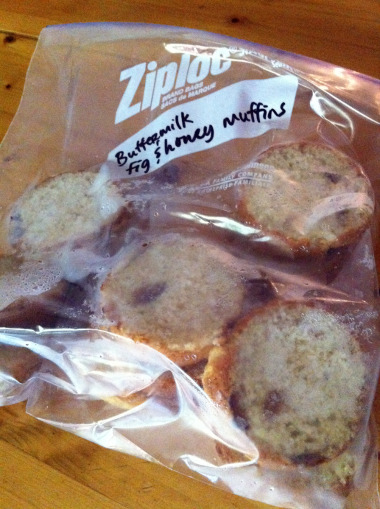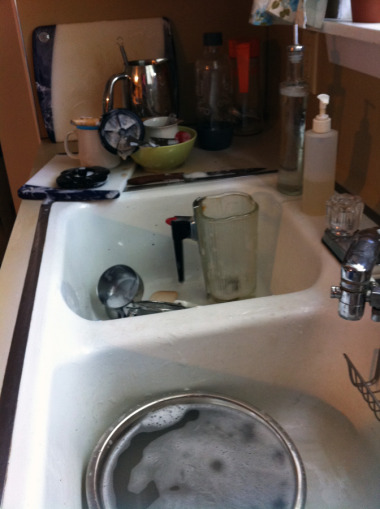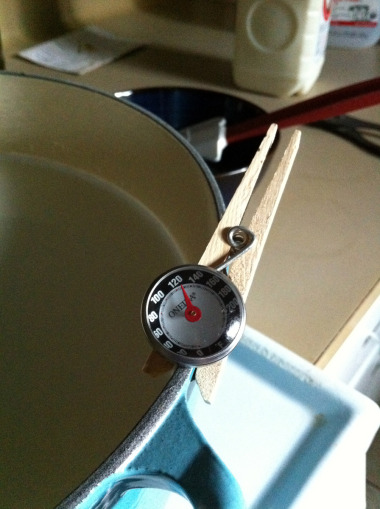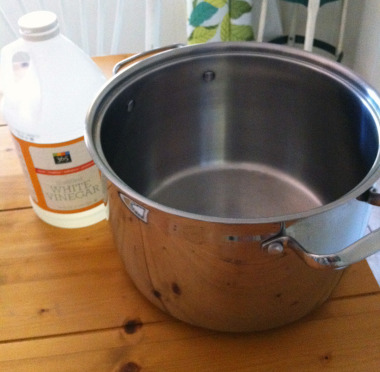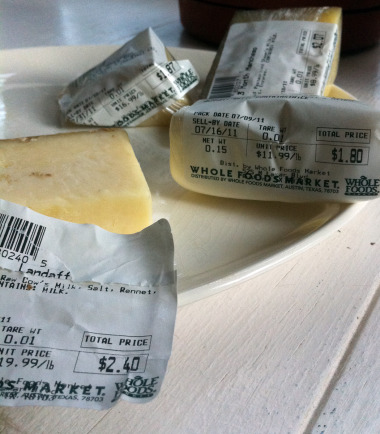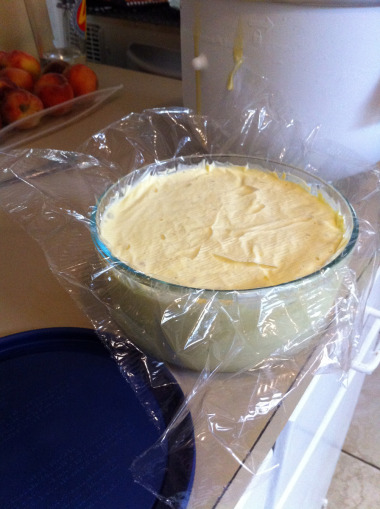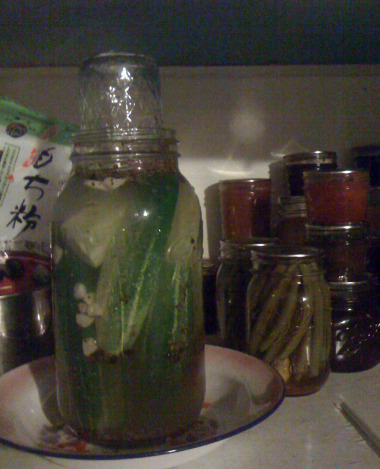
I rode around on a borrowed bicycle during my recent trip to Tucson stalking orange blossoms. The trees were heavy with both blooms and perfect oranges. I pocketed a few, to remember how sour the uncultivated Arizona citrus can be. I borrowed a small sauce pot and went to work on a simple syrup.
Simple Syrup for any amount of juice is easy. I had two oranges and no measuring cups. I ended up with about a half cup of juice, so I measured about 1/4 cup sugar and 1/4 cup water directly into the saucepot. Bring it to a simmer and simmer for about 5-7 minutes; it will thicken slightly and become shiny. Add the juice to the pot, bring it to a simmer again and remove syrup from the heat. Refrigerate, where it will last for a couple weeks. Add bubbly water and enjoy!
p.s. Using tart juice, like lemon or lime (if you’re not in AZ with sour oranges at your disposal) will replicate a deelish homemade Aranciata!

